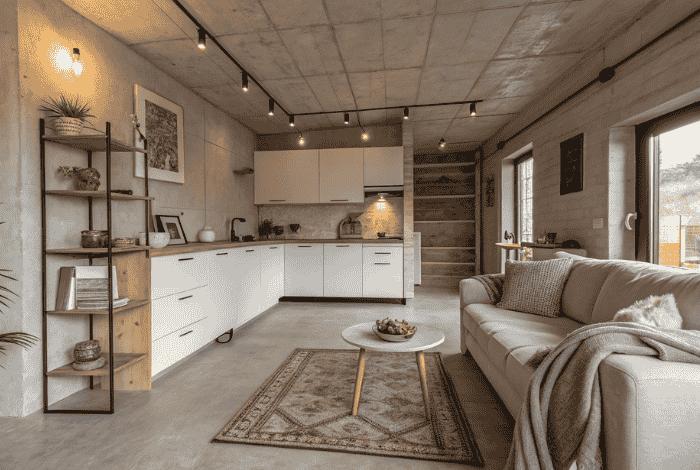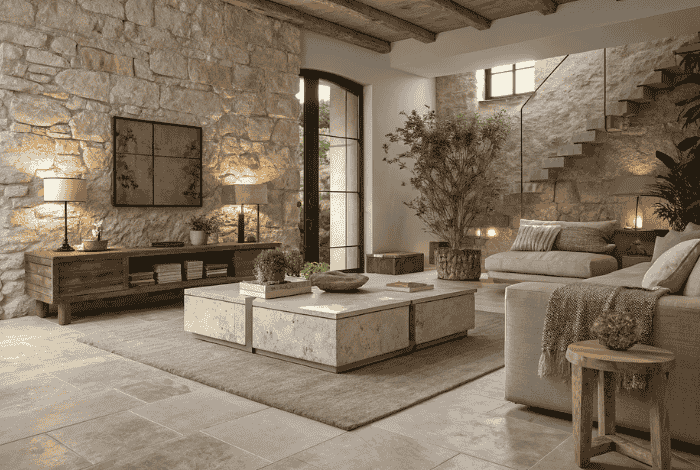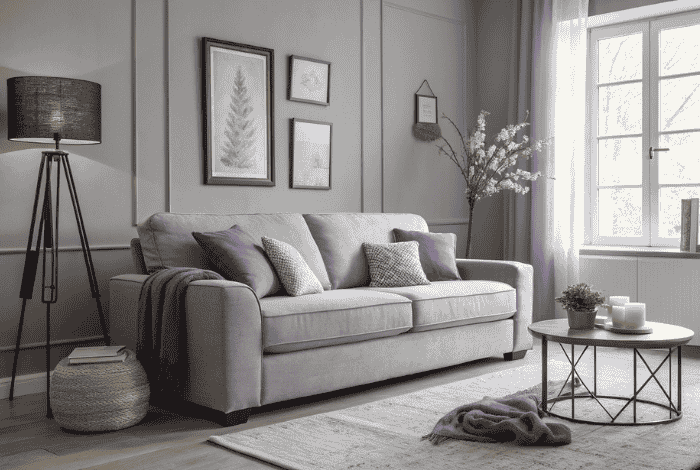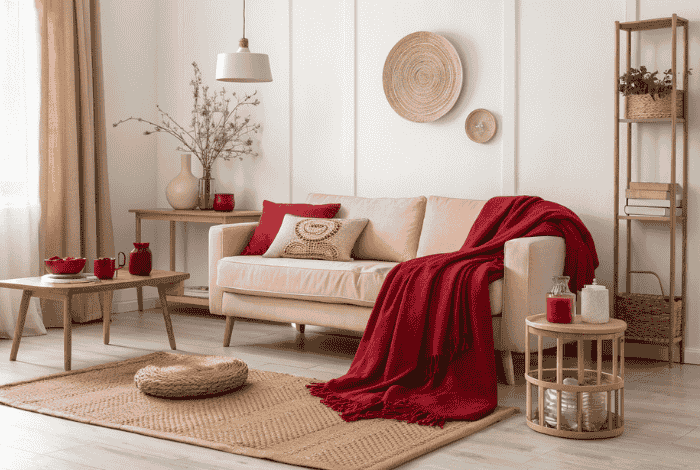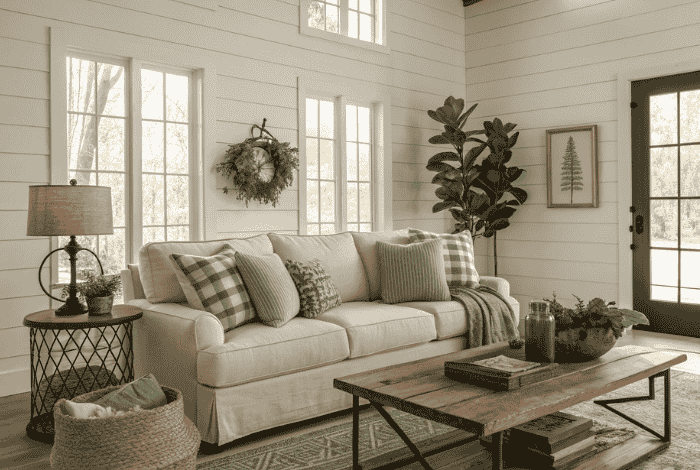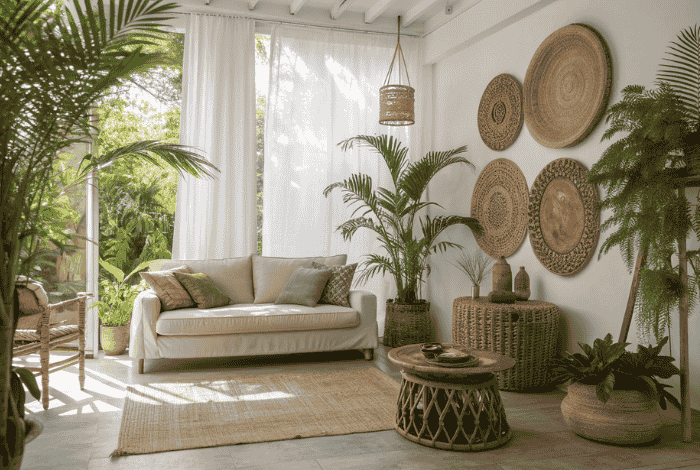I didn’t plan on becoming the weird neighbor with sugar water on my shoes. One afternoon I hung a crooked feeder, spilled the mix everywhere, and a hummingbird zipped past my ear like it owned the yard. My brain went what just happened. If you’re wondering how to attract hummingbirds, I’ve been messing with plants and feeders long enough to share what actually works, plus the stuff I messed up so you don’t have to.
how to attract hummingbirds
Hummingbirds want more than pretty flowers. They need safe nesting spots, soft fibers, steady nectar, tiny insects for protein, a mist to bathe, and skinny branches to perch. When you give them all of that in one yard, they stick around. I learned that the hard way. My yard had flowers but no nesting materials. The birds came, then ghosted. After I added a few “nest-helper” plants, they stayed for weeks and brought friends.
Pro tip: start with two things today. Hang a small clean feeder near a shrub, and plant one fiber-rich plant this week. Momentum beats perfect.
My quick-start rules
I’m not fancy. I just follow a handful of habits that work even when life gets busy.
- Mix nectar at a 4 to 1 ratio. One cup hot water and a quarter cup white sugar. No dye.
- Clean feeders every 2 to 3 days. In heat, change daily.
- Put the feeder in light shade and near cover so birds feel safe.
- Add a hose mister or gentle dripper for bath time.
- Plant for blooms from spring to fall and add plants that make nesting fluff.
Pro tip: keep a scoop of sugar on the counter. When the kettle boils for tea, I make nectar too. If it’s easy, you’ll actually do it.
14 nest-helper plants that do more than bloom
Flowers are great, but the real magic is plants that give hummingbirds materials to build tiny nests. Here’s what I grow or wish I did, plus how I plant them so they don’t sulk.
1) Pussy Willow (Salix discolor)
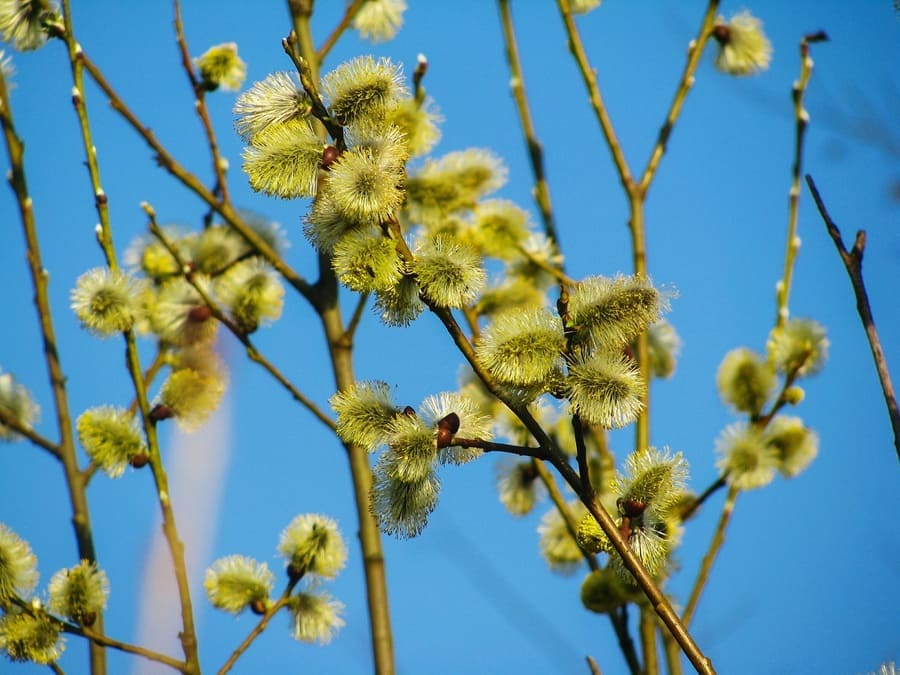
Why it helps: those fuzzy catkins are like tiny pillows. Birds peel the fibers for nest lining and sit on the stems to survey the yard.
How I plant: sun to part shade, moist soil that drains. Space 6 to 10 feet. Water during dry spells. I cut a few stems in late winter to keep it tidy.
2) Cottonwood (Populus deltoides)
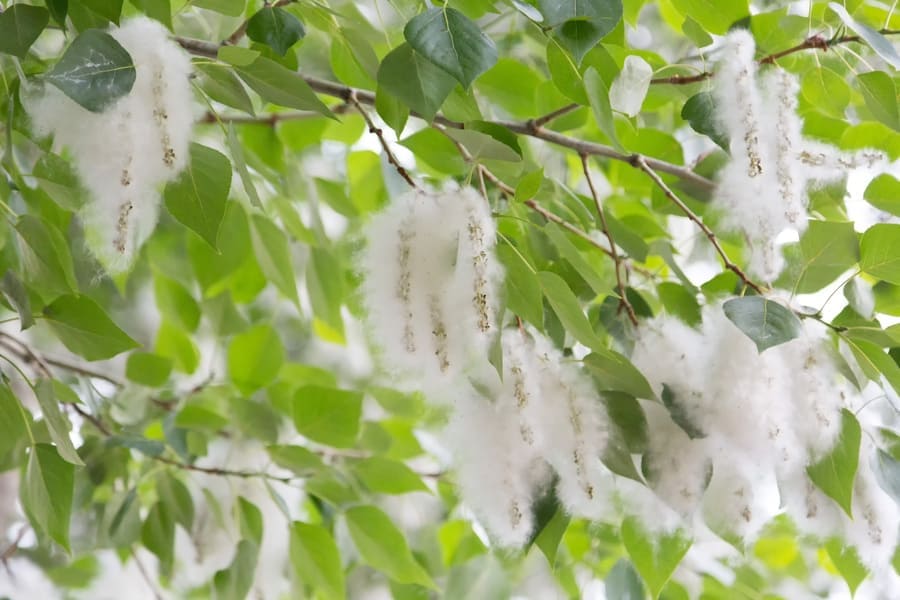
Why it helps: female trees release fluff in late spring. It’s prime nesting filler. The branching also makes good perches.
How I plant: full sun, lots of room. These get huge, 50 to 80 feet, so not for tiny lots. Deep water the first year. If you’ve already got one, you’re golden.
3) Cinnamon Fern (Osmundastrum cinnamomeum)
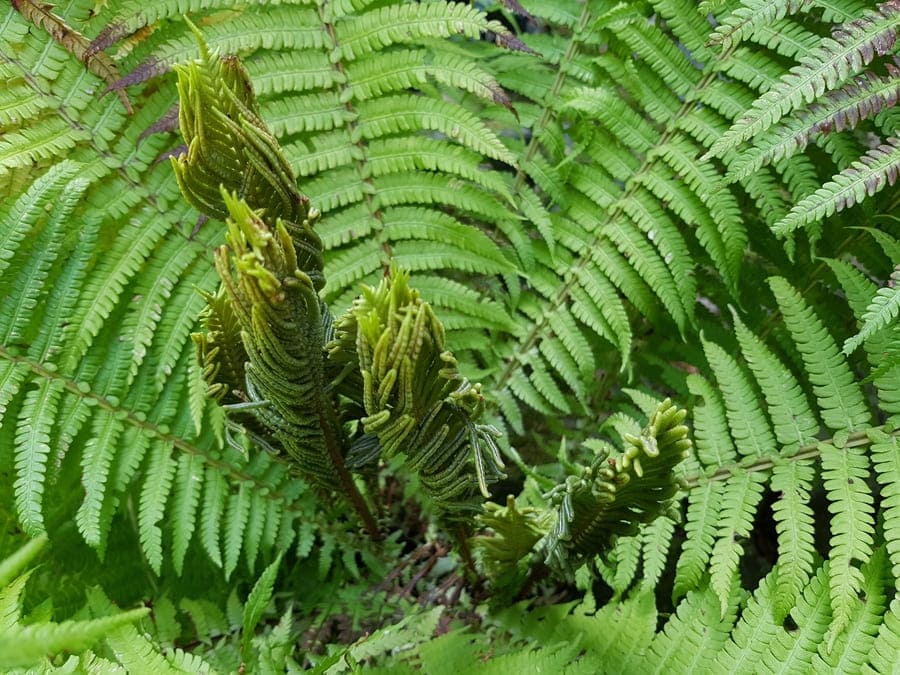
Why it helps: soft wooly fibers birds pull apart. Looks like woodland drama in the shade.
How I plant: rich soil that stays moist. Part shade to shade. Space 2 to 3 feet. Mulch thick so it doesn’t dry out.
4) Lamb’s Ear (Stachys byzantina)
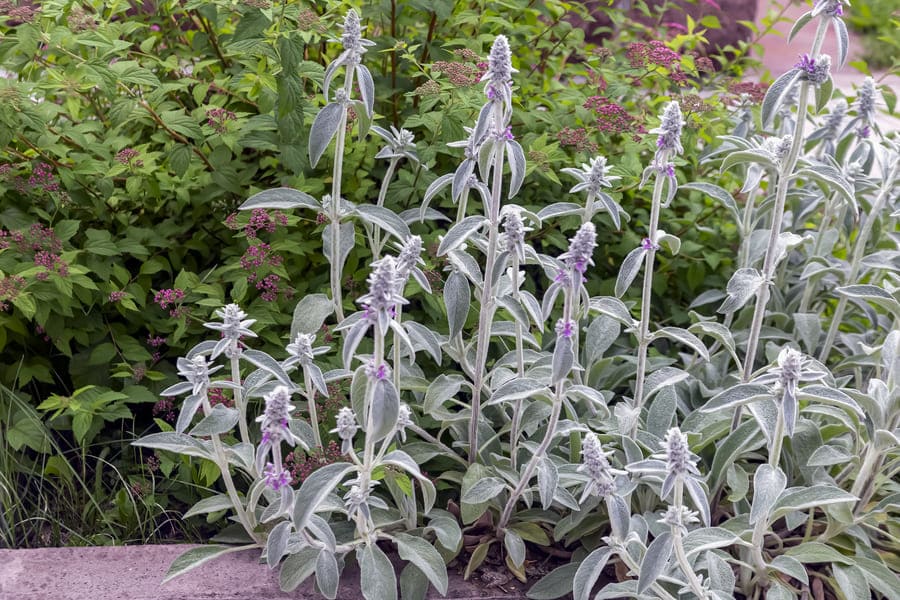
Why it helps: velvety leaves shred into perfect threads. Also lights up a border with silver.
How I plant: sun to light shade, well-drained soil. Space 12 to 18 inches. Let the soil dry a bit between waterings. It hates wet feet.
5) Thistle, native species (Cirsium spp.)
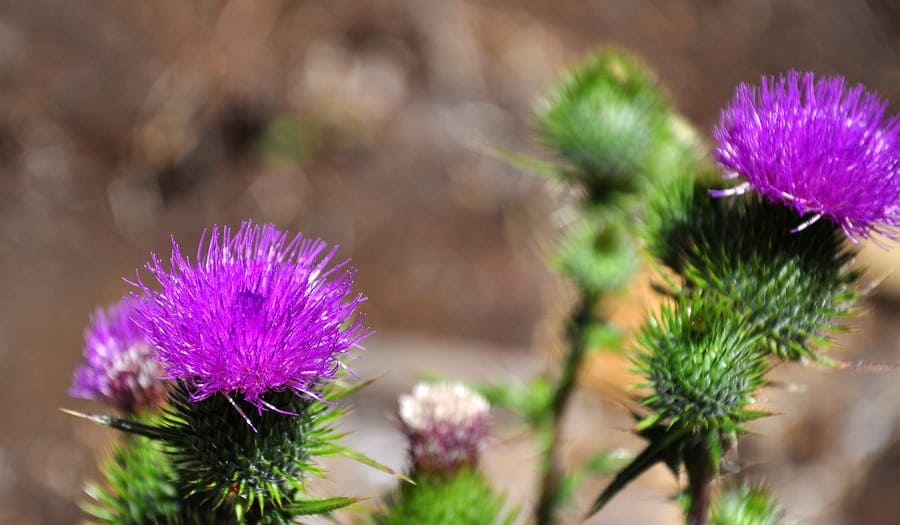
Why it helps: silky seed heads are a fiber jackpot. Flowers also bring insects that hummingbirds snack on.
How I plant: full sun, average soil, space 2 to 3 feet. Water little once established. I deadhead before seeds blow where I don’t want them.
6) Milkweed (Asclepias spp.)

Why it helps: pod silk for nests plus nectar and helpful insects. Not only for monarchs.
How I plant: full sun, well-drained soil, space 1 to 2 feet. Water the first season, then it’s tough. Don’t yank seedlings too fast. Choose a corner for a small patch and let it settle.
7) Clematis (Clematis spp.)
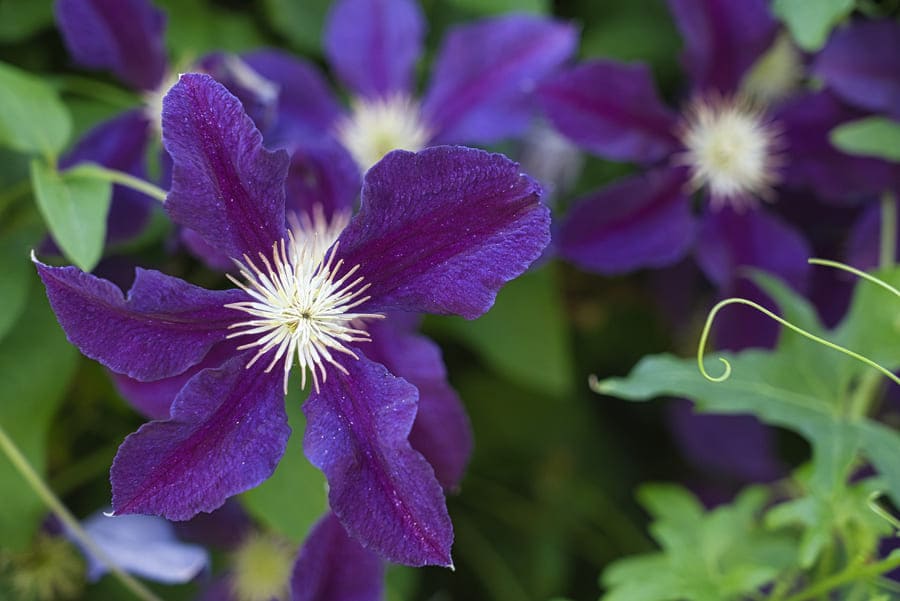
Why it helps: fluffy seed heads and tangly vines make cozy hideaways.
How I plant: sun on the vine, shade at the roots. Rich, draining soil with a trellis. Water deep and steady, especially while flowering. Mulch the base so roots stay cool.
8) Witch Hazel (Hamamelis spp.)
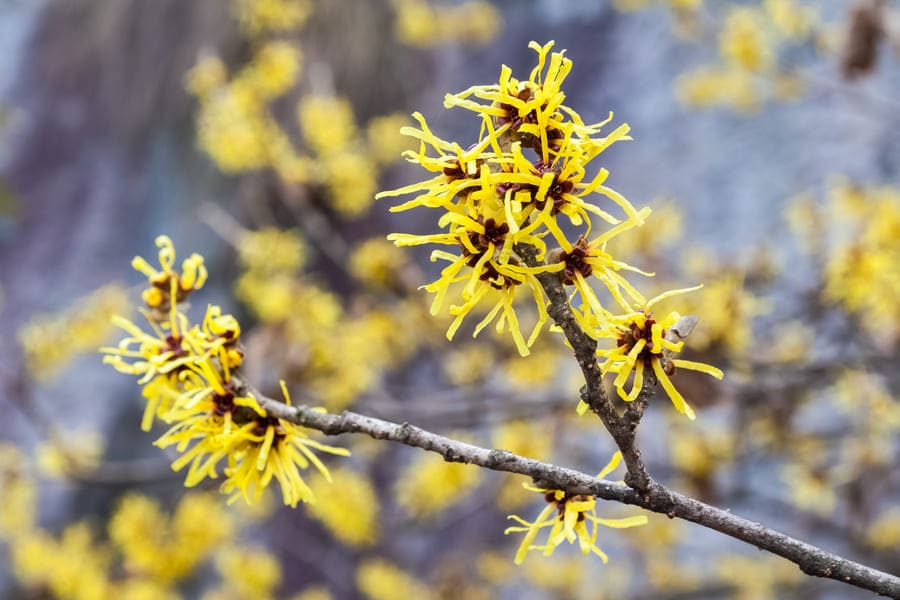
Why it helps: fuzzy buds, early nectar when little else blooms, sturdy branching for nests.
How I plant: full sun to part shade, moist well-drained soil. Space 10 to 12 feet. Regular water in drought. Mine fires off flowers when winter is still grumpy.
9) Birch (Betula spp.)
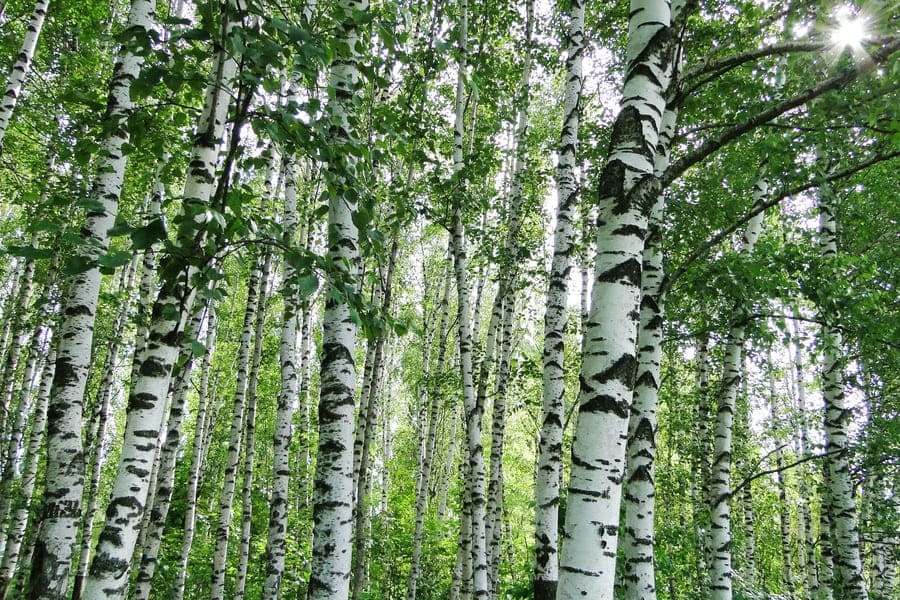
Why it helps: birds peel fine bark strips and borrow catkin fibers.
How I plant: sun to part shade, moist soil that drains. Give 30 to 50 feet height room depending on species. Deep water in the first few years.
10) Goldenrod (Solidago spp.)
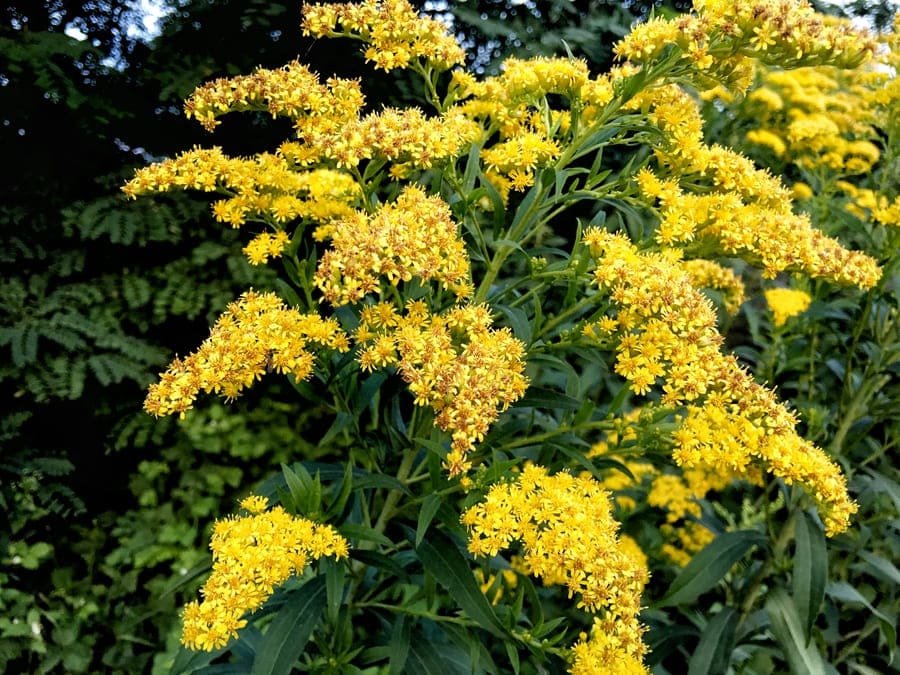
Why it helps: fluffy seeds for late nests and tons of tiny insects. Critical fuel before migration.
How I plant: sun to light shade, average soil, space 1 to 2 feet. Water moderate. I stake taller kinds so they don’t faceplant in storms.
11) Sycamore (Platanus occidentalis)
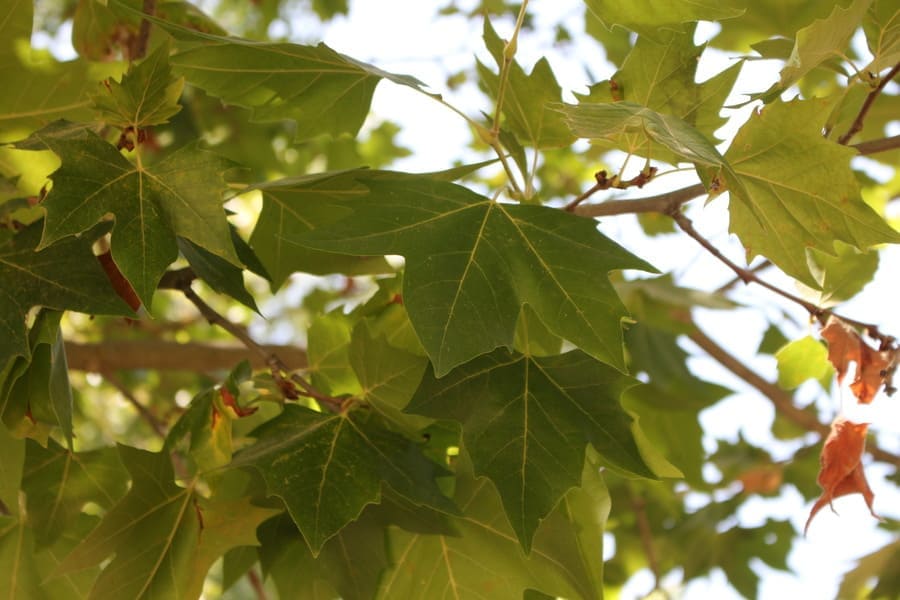
Why it helps: peeling bark and fuzzy seed balls become nest parts. Big branches equal safe perches.
How I plant: full sun, moist well-drained soil, room for a giant. Water deep first year. Not a patio tree unless you love sweeping.
12) Joe-Pye Weed (Eutrochium purpureum)

Why it helps: hollow stems and fluffy seed heads, plus flowers packed with nectar.
How I plant: sun to part shade, rich moist soil, space 2 to 3 feet. Water during dry periods. The tall blooms pull butterflies, bees, and then the hummingbirds chase the action.
13) Cattail (Typha spp.)
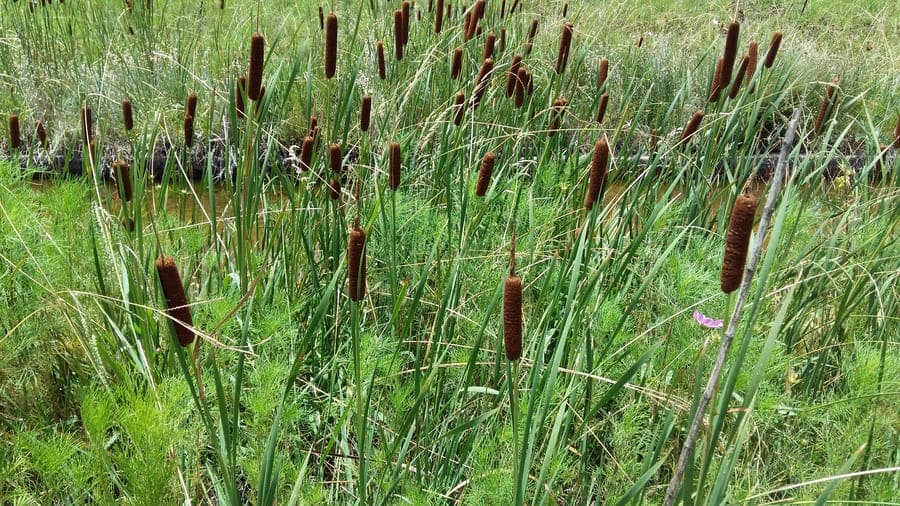
Why it helps: fluffy seed heads and soft leaves for nest lining. Also insect magnets.
How I plant: full sun, wet soil or shallow water. Space 2 to 3 feet. It spreads, so I use a lined pond corner or a big tub set into the ground.
14) Maple (Acer spp.)
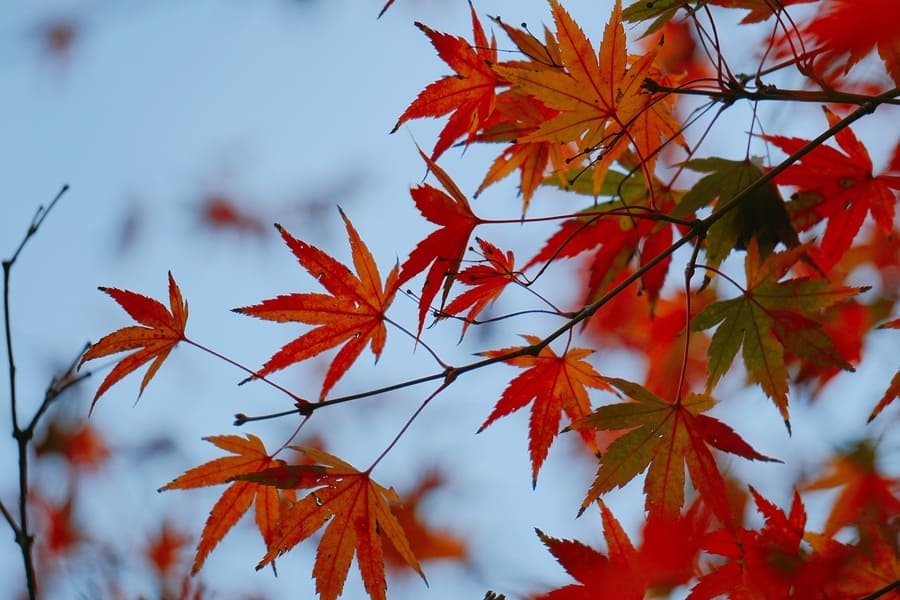
Why it helps: sturdy branches for nests, early sap and blooms, and those winged seeds sometimes woven in.
How I plant: sun to part shade, slightly acidic well-drained soil. Water deeply the first few years. Pick the right size species for your space.
Pro tip: cluster two or three of these plants within 15 to 20 feet of your feeder. The short commute makes birds feel safer, so they visit more.
Water, perches, and bug snacks
Hummingbirds aren’t just nectar drinkers. They’re also bug hunters and bath lovers.
- Add a mister nozzle to a hose and point it at a big leaf. They’ll fly right through the spray or rub on the wet leaf.
- Leave a few thin, bare twigs in shrubs at chest height. Great perches for resting and guard duty.
- Avoid heavy pesticides. I get it, mosquitoes are rude. But fewer sprays means more tiny insects for protein.
Pro tip: run the mister in the warm afternoon. Mine shows up between 2 and 5 like clockwork, then perches to preen.
Feeder habits that help not hurt
My first feeder was huge and sticky. The nectar spoiled before the birds finished it and ants threw a party. Now I go small and clean.
- Use a small feeder you can empty often.
- Mix 1 part white sugar to 4 parts water. Boiled or very hot water helps dissolve it. Let cool.
- No food color. Your feeder is already red enough.
- Clean with hot water, a little vinegar if it’s gunky. Rinse well.
- Hang in light shade near cover but visible from your window so you actually remember to change it.
Pro tip: keep a cheap bottle brush just for feeders. Mine hangs inside the pantry so I don’t “forget”.
A simple seasonal plan
I like checklists. This one keeps me honest.
- Early spring: set out a feeder a week before you expect migrants. Add witch hazel or early bloomers if you can. Pinch shrubs so a few skinny perches remain.
- Late spring: don’t over tidy. Let catkins, fluff, and seed heads form. That’s nest stuffing.
- Summer: run the mister, deadhead some flowers for rebloom, refresh nectar every 2 or 3 days and daily when hot. Add afternoon shade for the feeder if it bakes.
- Late summer to fall: keep feeders up while goldenrod and joe-pye weed bloom. Refills matter as young birds learn the route.
Pro tip: put a calendar reminder on your phone for feeder clean days. Sounds dorky, works great.
Troubleshooting the usual hiccups
Stuff happens. Here’s what I fix fast.
- Birds came then vanished. Check nectar freshness, move the feeder a bit closer to cover, and watch for cats. Sometimes they just follow a bloom wave and come back.
- Ants. Use a water moat above the feeder. Keep the hanger clean and sticky-free.
- Bees or wasps. Add bee guards. Shift the feeder into light shade away from your hottest flower patch. Wipe spills.
- Mold. Soak parts in 1 part white vinegar to 4 parts water, then rinse. If stubborn, toss a spoon of dry rice in the reservoir with vinegar and shake.
- Windy yard. Hang the feeder beside a fence or shrub to cut the swing. Birds hate chasing a moving target.
Real life routine that still works
Here’s me being honest. Some mornings I forget everything. Then I see a hummingbird hovering where the feeder should be and I feel guilty. I boil water, stir sugar, rinse the feeder hot, refill, and hang it. Five minutes later, the bird is back, like nothing happened. Nature is forgiving if you try.
Twice a week I walk the beds with coffee. I check moisture with a finger. If soil is dry to my first knuckle, I water. I leave seed heads that look fluffy and trim only the stuff that pokes eyeballs. I keep mulch two inches deep so I don’t have to water as much. It’s not perfect. It’s enough.
Pro tip: take a picture every month from the same spot. You’ll see what blooms when, where the gaps are, and which plants the birds actually use.
Final thoughts from the messy gardener
The day a hummingbird hovered at eye level, then zipped through the mister and sat on a twig I almost pruned, I kinda laughed out loud. Felt like the yard high-fived me. You don’t need a botanical degree or a fancy estate. You need a clean feeder, a couple of smart plants that make fluff, water mist, and patience.
If you want to know how to attract hummingbirds for real, start small. Plant one nest-helper this week. Hang a tiny feeder in shade. Keep it clean. Add a mister when you can. Then watch. Your yard won’t just have visitors. It’ll have residents who return, year after year, because you gave them a place that works. That’s the whole goal, and it’s totally doable, even with sugar on your shoes.

